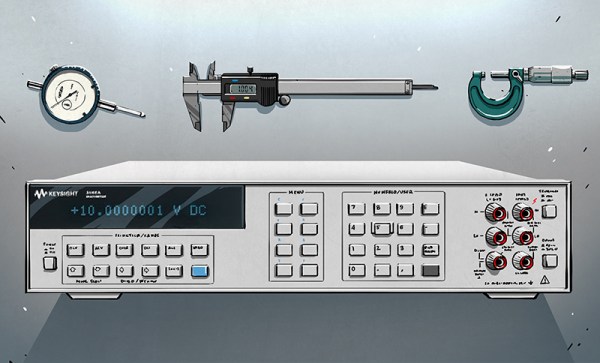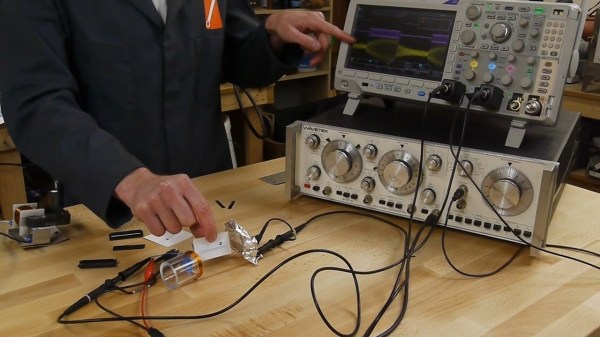Among multimeters one instrument stands far and above the rest. An object desired for its accuracy, resolution and shear engineering beauty. I speak of course of the HP 3458A. That’s right, not Keysight, not even Agilent (though of course it goes by those brands too). The 3458A was released in 1989, when HP was still… well… HP. An elegant meter from a more civilized age. As the HP Journal documents, the 3458A was a significant engineering feat and has remained in production (and largely unchallenged) for the last 26 years.
 But what, you might ask, makes the 3458A such a significant and desirable instrument? It’s all in the digits. The 3458A is one of the few 8.5 digit multimeters available. It is therefore sensitive to microvolt deflections on 10 volt measurements. It is this ability to distinguished tiny changes on large signals that sets high precision multimeters apart. Imagine weighing an elephant and being able to count the number of flies that land on its back by the change in weight. The 3458A accomplishes a similar feat.
But what, you might ask, makes the 3458A such a significant and desirable instrument? It’s all in the digits. The 3458A is one of the few 8.5 digit multimeters available. It is therefore sensitive to microvolt deflections on 10 volt measurements. It is this ability to distinguished tiny changes on large signals that sets high precision multimeters apart. Imagine weighing an elephant and being able to count the number of flies that land on its back by the change in weight. The 3458A accomplishes a similar feat.














